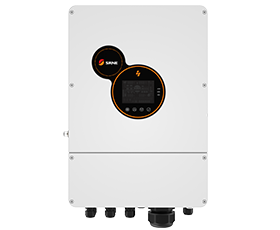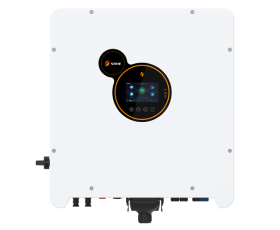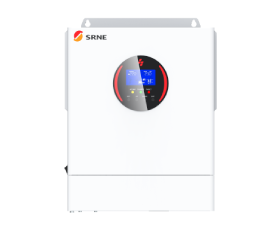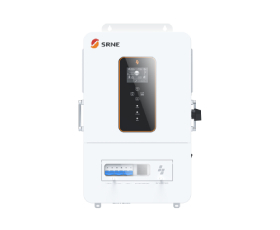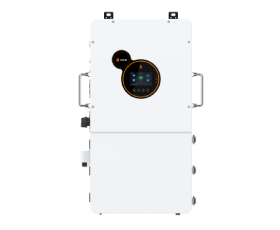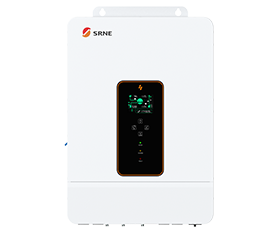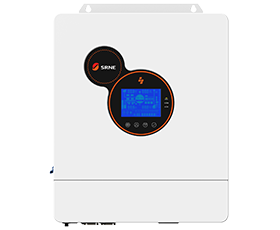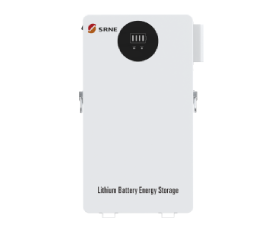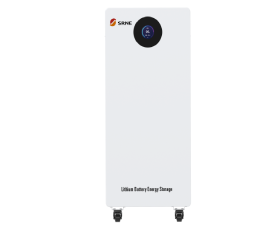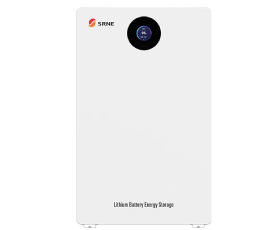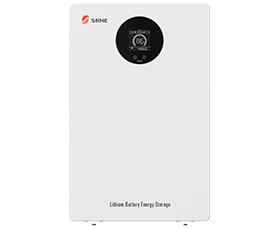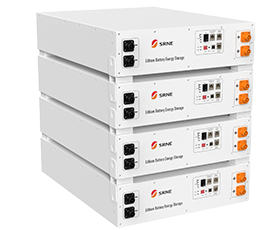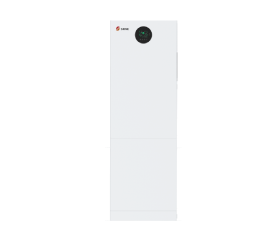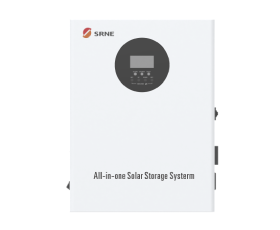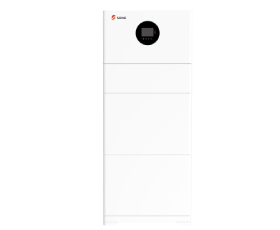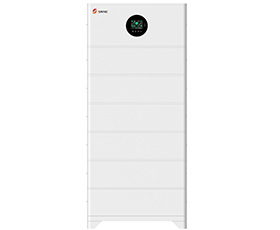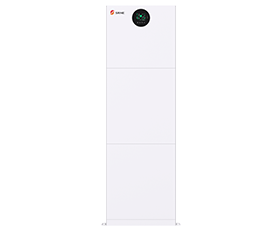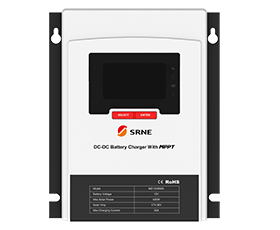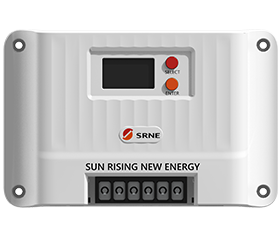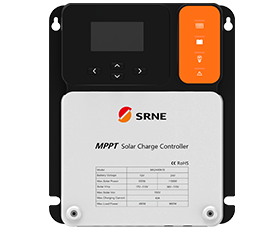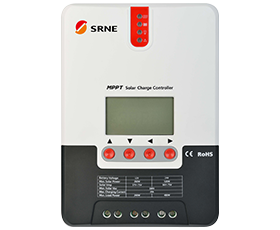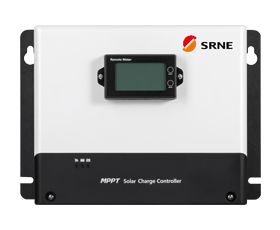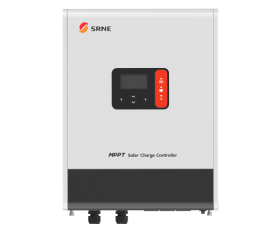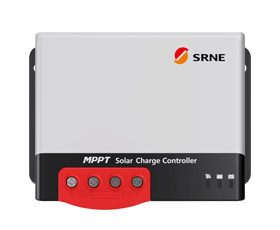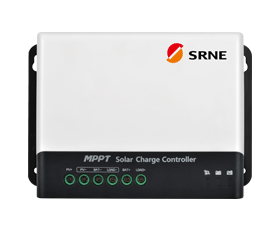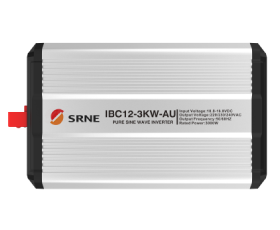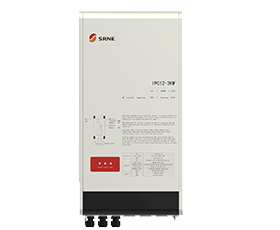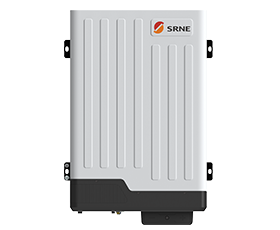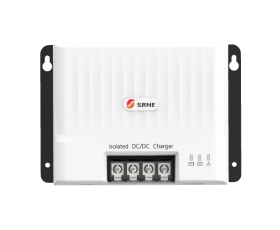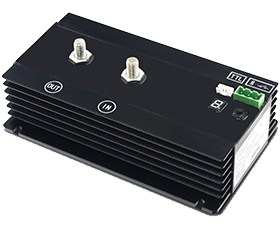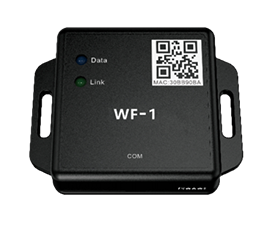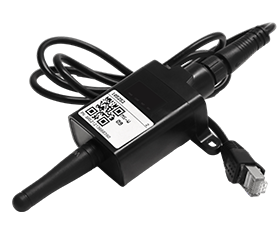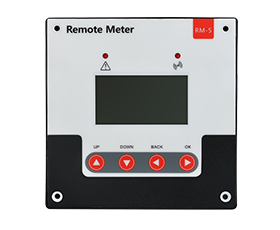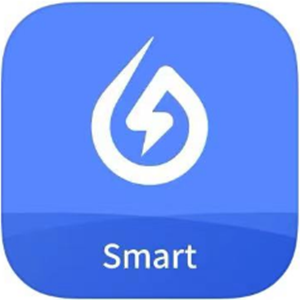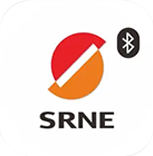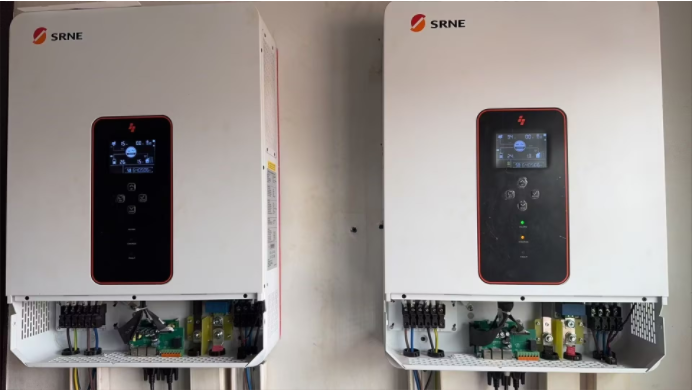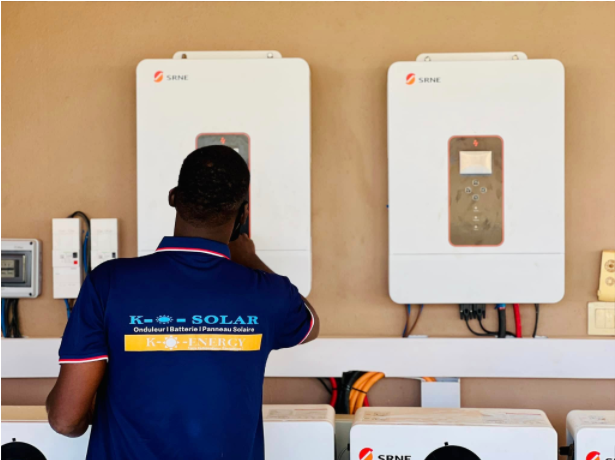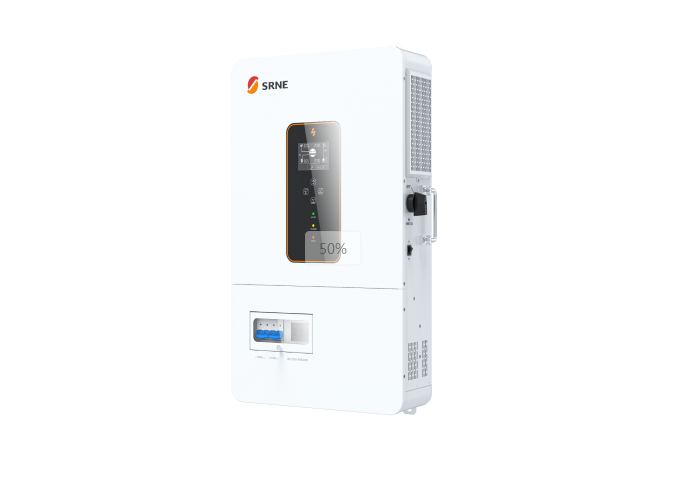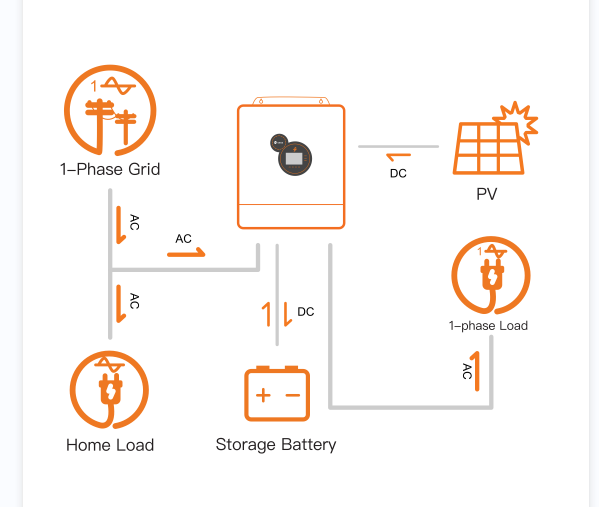Smart Solar Inverters 2025: Trends in India, the USA & Global Markets
As countries like India, the United States, and many emerging economies race to expand their renewable infrastructure, smart inverters have become more than a technical upgrade—they are a strategic enabler of sustainable growth.In this article, we explore how and why smart solar inverters are leading the renewable energy revolution in 2025—and why stakeholders around the world are embracing this technology as a cornerstone of their clean energy strategies.
1.What Is a Smart Solar Inverter?
Traditional solar inverters convert direct current (DC) generated by solar panels into alternating current (AC) suitable for homes and businesses. A smart solar inverter does that—and much more.It integrates advanced communication, monitoring, grid support features, and machine learning algorithms to optimize energy flow, adapt to grid fluctuations, and increase system efficiency. In short, smart inverters transform static solar setups into dynamic, intelligent energy hubs.
2.Global Context: Why Now?
2.1 India’s Solar Push in 2025
Government programs like PM-KUSUM (which promotes solar pumps for agriculture) and the Grid-Connected Rooftop Solar Scheme now encourage or mandate the use of smart solar inverters. In fact, smart solar inverter India 2025 adoption is accelerating rapidly, as rural electrification and decentralized systems become national priorities.Smart solar inverters offer a timely solution by addressing multiple pain points:
Grid-Support Functions
Smart inverters can perform voltage and frequency regulation, enabling stable energy delivery even in weak or unstable grids. For example, in states like Uttar Pradesh and Rajasthan, where solar installations are booming in agricultural zones, smart inverters help prevent voltage spikes that could damage appliances or irrigation equipment.
Real-Time Monitoring
These inverters support cloud-based monitoring platforms, allowing both end users and grid operators to track performance, detect faults, and optimize energy use in real time.
Hybrid System Compatibility
In many off-grid villages or regions with unreliable electricity, solar-plus-battery systems are essential. Smart inverters act as intelligent managers, coordinating energy flow between solar panels, storage units, and household appliances with minimal user intervention.Government programs like PM-KUSUM (which promotes solar pumps for agriculture) and the Grid-Connected Rooftop Solar Scheme now encourage or mandate the use of smart inverters to maximize system efficiency and support long-term grid integration.
2.2 The U.S. & the Distributed Energy Future
In the United States, the renewable energy conversation in 2025 revolves around resilience, energy independence, and decentralized generation. With rising energy demands and increasing climate-related disruptions
(e.g., hurricanes in Florida, wildfires in California), smart solar inverters are becoming mission-critical infrastructure.
Resilience in Extreme Weather
Smart inverters enable “ride-through” capabilities, allowing systems to stay online during brief voltage dips or frequency disturbances. This is vital in disaster-prone regions.
Net Metering and Dynamic Tariffs
States like California (NEM 3.0) and New York have introduced advanced billing mechanisms that reward users for injecting power back into the grid at specific times. Smart inverters support two-way communication, enabling homes to participate in real-time pricing programs and demand response events—turning passive consumers into active energy participants.
Compliance with Advanced Grid Standards
New interconnection rules like IEEE 1547-2018 require inverters to provide functions like anti-islanding protection, volt/VAR control, and frequency-watt response. Smart inverters are already built to meet or exceed these standards, ensuring smooth approval and installation processes for solar developers.
Solar + Storage Integration
With increasing adoption of battery systems such as the Tesla Powerwall, Enphase IQ Battery, and LG RESU, smart inverters serve as the control center that coordinates energy flow. They ensure that stored solar energy can be used during peak pricing hours or grid outages, improving ROI and self-consumption.In short, as America moves toward a more flexible, intelligent, and consumer-driven energy ecosystem, smart inverters are the foundational technology enabling this shift.
2.3Smart Solar Inverter Feature Evolution: A Comprehensive Comparison
Feature Category | Traditional Inverter | Smart Solar Inverter (2025) |
1. Grid Support | Disconnects during grid faults or fluctuations | Grid-friendly: stays online, supports voltage/frequency regulation (Volt/VAR, Freq/Watt, etc.) |
2.Low-Voltage Ride-Through | Trips immediately to protect itself | Maintains operation during dips, avoiding mass inverter shutdown |
3. Reactive Power Control | Rare or manual settings only | Dynamic VAR injection for voltage stabilization |
4. Frequency Regulation | Not supported | Real-time frequency-watt control (helps stabilize grid frequency) |
5. Standards Compliance | May not meet updated regulations | Fully compliant with IEEE 1547-2018, UL 1741 SA, and regional grid codes |
6. Storage Compatibility | Limited or requires third-party equipment | Native hybrid capability: solar + battery integration with auto energy flow control |
7. Monitoring & Diagnostics | Basic local display or no remote access | Cloud-based real-time monitoring, mobile app integration, remote fault detection |
8. Remote Firmware Upgrades | Manual servicing required | Supports over-the-air (OTA) firmware upgrades and feature updates |
9. Islanding Protection | Simple disconnect on outage | Advanced anti-islanding with grid-forming capability |
10. Demand Response Ready | Not compatible | Supports DR programs and dynamic tariffs through communication protocols (Modbus, OpenADR) |
11. AI & Predictive Features | None | AI algorithms for load forecasting, weather-based generation prediction, energy optimization |
12. Cybersecurity | Basic or no encryption | Encrypted communication, secure remote access, compliance with IEC 62443 (for industrial use) |
These inverters support cloud-based monitoring platforms, allowing both end users and grid operators to track performance, detect faults, and optimize energy use in real time. Leading manufacturers have integrated AI inverter monitoring to provide predictive maintenance and real-time diagnostics, enhancing reliability and uptime.
3.Market Trends in 2025
3.1 Explosive Growth of Smart Inverter Market
According to multiple industry reports, the global smart inverter market is expected to surpass $10 billion by 2027, with major growth driven by: Government mandates (especially in India, EU, and the U.S.) ; Growth in residential and C&I solar installations ; Expansion of battery energy storage systems (BESS).
3.2 Major Players Driving Innovation
Top global and regional brands shaping the 2025 inverter landscape include:
Sungrow | SolarEdge | |
Huawei FusionSolar | Enphase Energy | Growatt |
Many manufacturers are now bundling their smart inverters with AI-driven platforms and introducing innovative business models such as "inverter-as-a-service," enabling easier access to advanced energy management for residential and commercial users.
3.3The Future: Smart Inverters as Grid Citizens
Smart solar inverters are no longer passive components. In 2025, they are becoming active grid participants, playing a crucial role in: Decentralized grid management ; Flexible demand response ; Emergency backup during outages ; Data-driven energy optimization. In fact, countries like Germany and Australia are even discussing regulatory frameworks where smart inverters must provide grid services in exchange for grid access.
Conclusion:
In the global push for clean energy, it’s not just about adding more solar panels—it’s about making the system smarter, more flexible, and more resilient. And that’s exactly what smart solar inverters deliver. Need help selecting the right smart inverter for your region or project? Feel free to reach out—we’d love to guide you through it!





